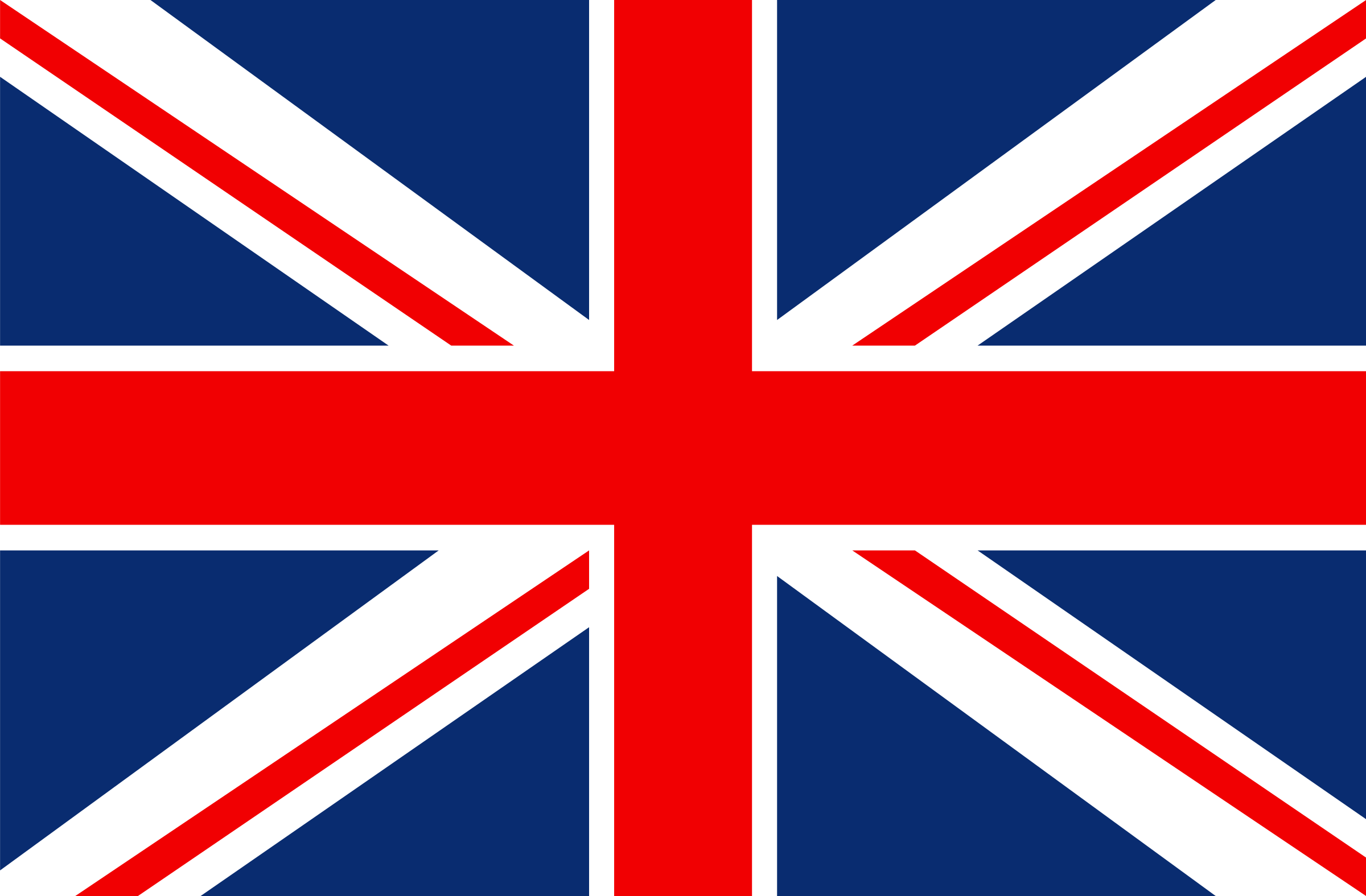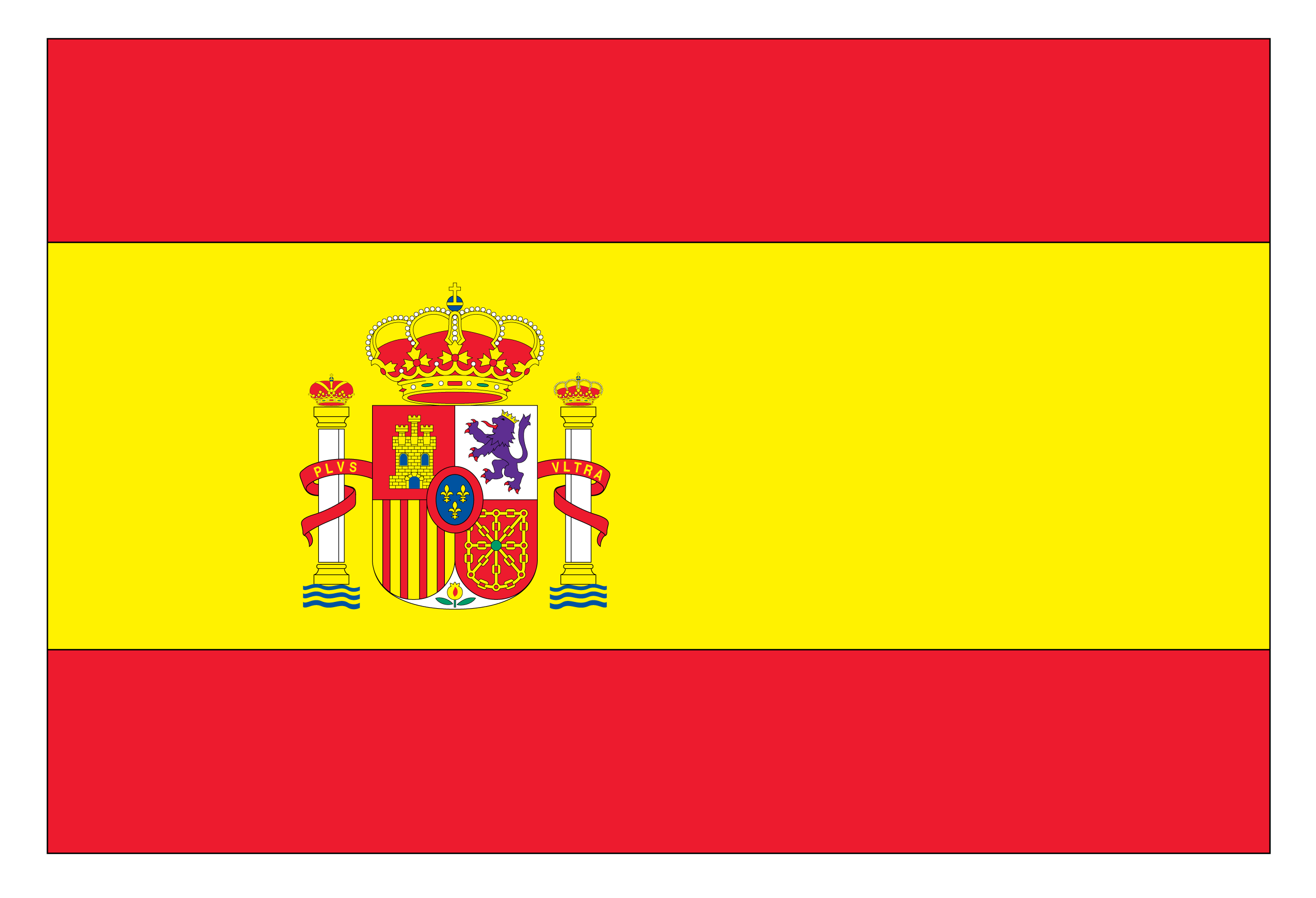Lavender care guide
Lavender is one of the most popular plants in gardening.
It is a robust species, easy to care for and requires little maintenance. But even so, there are certain aspects that must be taken into account to ensure its health and proper growth.
And in this post, we're going to explain what they are.
Ready?
Well then, let's go!
The main care for lavender
1. Temperature
Lavender is a hardy plant that can withstand a wide range of temperatures, from intense heat to extreme cold.
However, the ideal temperatures for lavender range from 21° C to 27° C during the day and 15° C to 18° C at night.
It is important to protect the plant from intense cold and snow during winter, especially if it is in a pot.
2. Substrate
Lavender needs well-drained and sandy soil to grow properly.
It is important that the substrate has good drainage to prevent water from accumulating around the roots, which can cause them to rot and the plant to die.
A good option is to mix garden soil with coarse sand in a ratio of 3:1. It is also recommended to add a layer of gravel at the bottom of the pot or the place where the lavender is planted to ensure drainage.
3. Watering
Lavender is a plant that requires little watering, as it is drought-resistant.
Actually, excessive watering can be harmful to the plant, as it can cause root rot.
It is recommended to water lavender only when the top layer of substrate is dry to the touch. In general, the plant should be watered once a week during spring and summer, and watering frequency should be reduced during autumn and winter.
4. Light
Lavender needs a lot of light to grow properly.
In general, it is recommended to place the plant in a location where it receives at least 6 hours of direct sunlight per day.
If the lavender is in a pot, it is recommended to place it in an area where it receives direct sunlight in the morning and shade in the afternoon to prevent the leaves from burning.
5. Fertilization
Lavender is a plant that doesn't need too much fertilizer, but it is important to provide it with the necessary nutrients for its growth.
Ideally, the plant should be fertilized once a month during spring and summer with an organic fertilizer for outdoor plants.
It is not recommended to fertilize lavender during autumn and winter, as the plant is in a dormant state.
6. Pruning
Pruning is an important aspect in lavender care. It is recommended to prune the plant once a year to maintain its shape and stimulate its growth.
It's best to prune lavender in late summer or early fall, before cold weather sets in. During pruning, the previous year's growth should be removed to allow the plant to grow and flower better in the following year.
As for pruning technique, it is recommended to cut the plant to about one-third of its original height. Dead or diseased branches and withered flowers should also be removed to prevent the plant from getting exhausted.
In addition to the annual pruning, it is advisable to do light pruning during the growing season to maintain the plant's shape and prevent it from becoming too long and unkempt.
Do you already know how to care for your lavender?
We hope this post has been helpful to you.
If you need help taking care of your lavenders or any other plants, remember that you just have to contact us.
We'll be happy to help you keep your plants healthy and happy.

 English
English Spanish
Spanish
Comments
Leave your comment